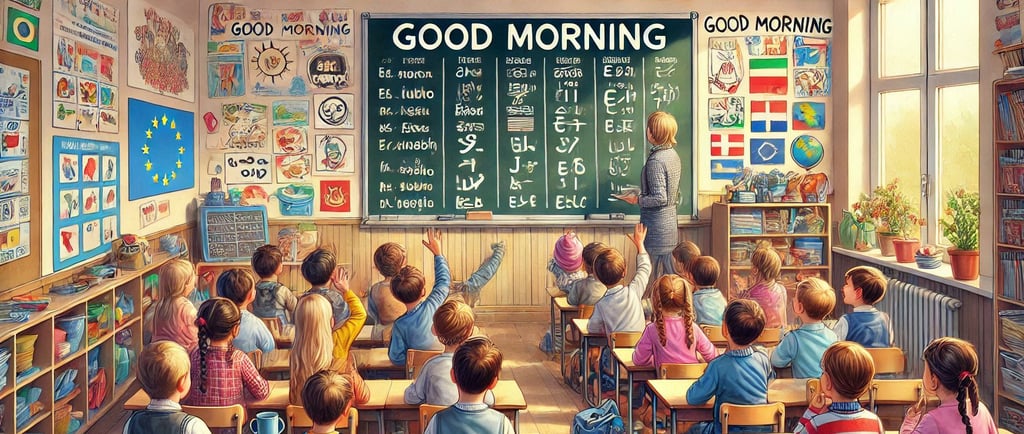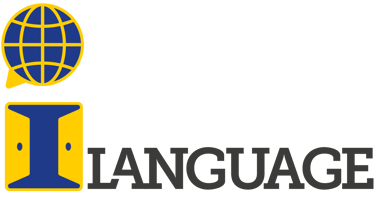The Concept of “Inherent Language” in the Classroom: How Multilingualism Enriches the School
In our globalized world, multilingualism is becoming increasingly important, even here in Vienna. Almost half of Vienna's population comes from abroad, and this is also reflected in our schools.
iLanguage Team
2/23/20242 min read


To understand how young people grow up in a multilingual environment, we embarked on an exciting research journey with iLanguage. We spoke to eight young people who grow up in an environment where three languages are spoken. Their stories showed us how diverse and fascinating linguistic diversity can be.
Our conversations brought to light some important points:
Linguistic diversity as a resource: For many of the young people, their different languages were a valuable tool for expressing themselves and communicating with others.
Emotions and language: We have seen how closely language and emotions are linked. A bond with a language can strengthen the motivation to speak and maintain it.
Identity and language: Many young people were unsure about their identity, especially when it came to their mother tongue. Some even wondered whether they even had a “real” mother tongue.
Attitudes towards language: Attitudes towards languages can vary greatly depending on how they are perceived. For example, a language may have positive connotations in one country, while it may be viewed negatively in another.
Based on these findings, we work with teachers and other experts to develop new programs that better reflect language diversity in the classroom. We want to:
Respect all languages: Every language is valuable and should be promoted to create an inclusive environment.
Reduce language stigma: We want to reduce the pressure on students to fit into traditional language categories and instead value their individual language abilities.
Promote language equality: All languages should be considered equal, regardless of when and how they were learned.
Supporting identity formation: We want to help students strengthen their identity through their languages and develop a positive self-image.
Integrating multilingualism into teaching: We want to use projects and materials that reflect the cultural diversity of the students and expand their language skills.
Promote language exchange: Through programs in which students teach each other their languages, we want to support cultural exchange and learning from each other.
Support for non-dominant languages: Less widely used languages should also be promoted and preserved.
Stimulate intercultural dialogue: Language can be a powerful tool to bridge cultural differences and promote understanding.
Increase motivation to learn languages: By celebrating the diversity of languages in the classroom, we want to encourage students to learn new languages and develop their own language skills.
Integrating the concept of 'Inherent Language' into the classroom can be an enriching experience for students and teachers alike. We firmly believe that language diversity is a strength to be celebrated and promoted.
We hope this article has given you an insight into the fascinating world of multilingualism. Thank you for your attention!


